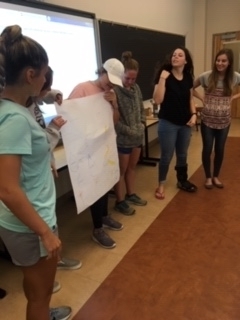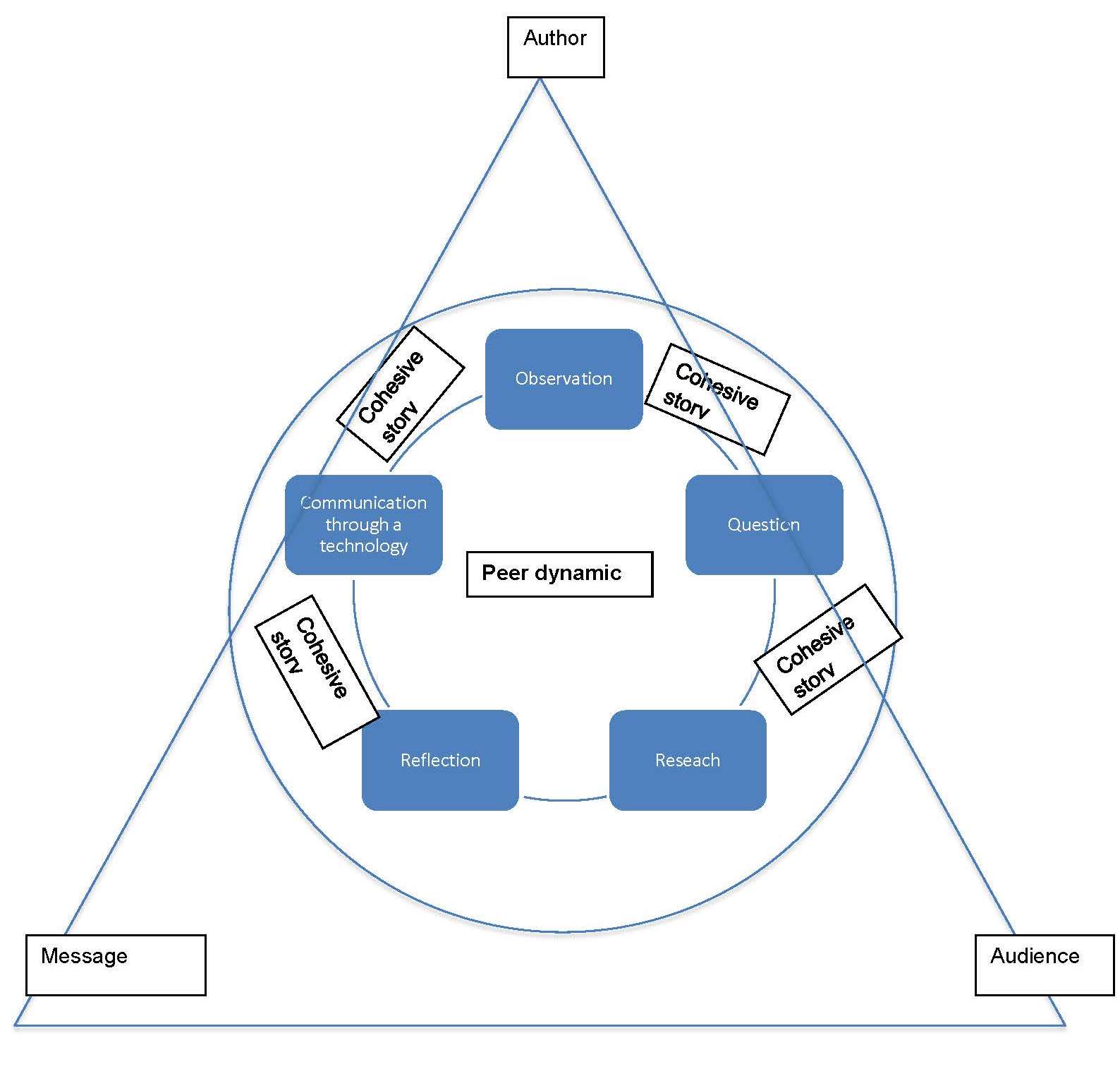December 2019
Professor Tatiana Pashkova-Balkenhol

1. What innovative practice did you incorporate into your classroom?
As an embedded librarian in an upper-level early childhood education course, I have developed a technology-enhanced semester-long project. The purpose of this project, Research to Practice (R2P), is to facilitate students’ abilities to apply education theory and research to their field teaching practices with the help of instructional technology. The R2P project includes a series of reflective posts using the technology of the student’s choice: 3 individual student posts, 1 group post centered on their student teaching experiences at a local elementary school, and 1 final synthesis post. The synthesis post enables students to re-visit their previous posts in order to reflect on their learning growth in conducting field observations, asking questions, researching, and using instructional technology.

2. When did you implement the new practice in your classroom?
Over three years ago, it started as a course blogging assignment for students to research and discuss early childhood topics. Through collaborating with Dr. Beth Powers, a course instructor, and Marie Firestone, Instructional Support Specialist, the course blogging assignment developed into the research to practice project, which guided students to discuss their field observations, pose questions they were curious to explore further, query the library’s databases, reflect on scholars’ answers, and connect their informed understanding to field practices.
3. Did the students willingly accept the use of the new practice? What were the reactions of the students?
Usually, student reactions to the project run along the lines that it is different from what they have experienced before. Over the past two semesters, offering student choices in selecting an instructional technology(be it a podcast, a video, or a blog) has significantly reduced the technology anxiety among the students and allowed them some freedom to experiment and take risks.
4. How has the use of the new practice positively affected the classroom learning environment?
To answer this question, I would like to share some quotes from students’ synthesis posts:
“I think one big thing that I am taking away from this project and into my future classroom would be the idea of pushing students to expand their horizons. That was the one thing that I absolutely loved about this project. This project taught me that it is okay to go beyond what you are comfortable with to maximize your learning. I plan to have many choice menus for my students. allowing them to create some crazy projects.”
“Constantly observing and asking questions will lead me as an educator to stay current on my research. Knowing how to ask more beautiful questions and how to generate quality research will empower my teaching today, tomorrow, and until the day of retirement.”
5. How has the use of the new practice affected student engagement in the classroom and the level of participation?
I observed a lot of creativity and self-regulated learning on the part of the students. For instance, they customized their blog sites, incorporated videos and gifs into their posts, and developed their own unique story-telling voices. They were eager to learn from each other and support each other.
6. What challenges did you encounter when you were implementing the new practice?
Time. Time to offer students individualized feedback.
7. How did attending Camp IDEA or a CAE Professional Development session contribute to your learning and use of the innovative practice?
Both Camp IDEA and CAE professional development sessions are stimulating learning environments that encourage me to “borrow” and apply new ideas/techniques/approaches to my own teaching practices.